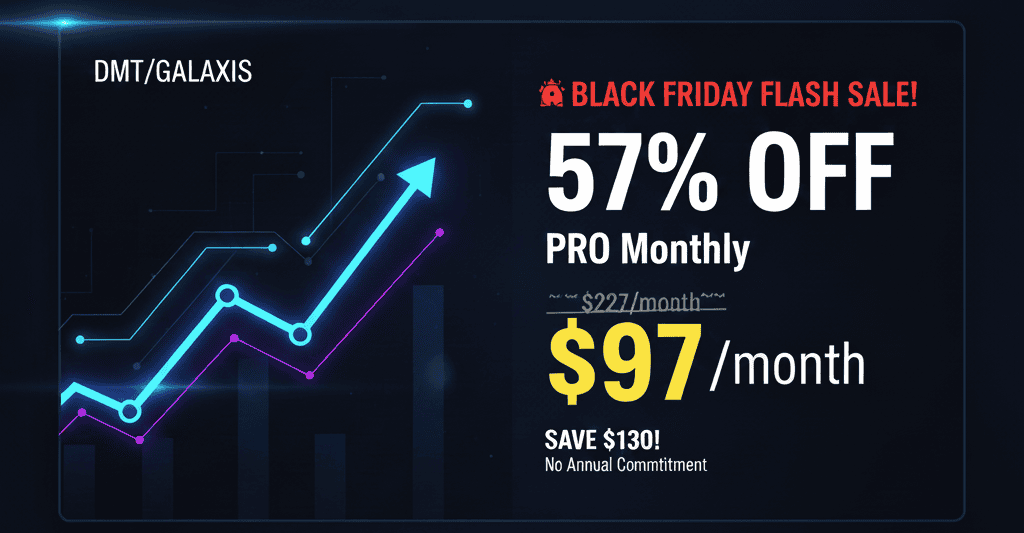Understanding Costs Associated with Automated Marketing Systems
Understanding costs associated with automated marketing systems is crucial for businesses aiming to enhance their marketing efficiency. This guide outlines the various expenses tied to implementing these systems, helping you make informed decisions.
Evaluating Software Pricing Models
The first step in understanding costs is evaluating software pricing models. Commonly, automation tools offer subscription-based pricing, which can range from $100 to over $1,000 per month depending on features and user limits. For instance, HubSpot Marketing Hub starts at approximately $50 per month for basic features but can escalate significantly based on additional functionalities like advanced analytics or CRM integration .
When assessing pricing models, consider the following factors:
- Feature Set: More advanced features typically incur higher costs.
- User Licenses: Pricing may vary based on the number of users accessing the platform.
- Contract Length: Annual contracts often provide discounts compared to monthly billing.
By comparing these aspects across different platforms, you can gauge which model aligns best with your business needs and budget constraints.
Budgeting for Digital Transformation
Budgeting effectively is vital when transitioning to automated marketing solutions. Begin by calculating initial setup costs, including software subscriptions and implementation fees that might reach several thousand dollars upfront. Training costs are another significant factor; expect to invest between $500 and $2,000 depending on staff size and training depth .
In addition to initial investments, account for ongoing expenses such as maintenance fees and potential upgrades. A well-rounded budget should include:
- Software Subscriptions: Monthly or annual fees.
- Implementation Fees: One-time setup costs.
- Training Costs: Expenses related to educating your team.
This comprehensive approach ensures that all financial aspects are covered during your digital transformation journey.
Cost-Benefit Analysis in Marketing Technology
Conducting a cost-benefit analysis helps determine the return on investment (ROI) from automation tools. Start by identifying key performance indicators (KPIs) such as lead generation rates or customer engagement metrics before implementation. Following deployment, track these KPIs regularly to measure improvements against established benchmarks.
To perform an effective cost-benefit analysis:
- Identify Costs: Gather all direct and indirect expenses associated with the automation system.
- Measure Benefits: Quantify benefits gained from increased efficiency or revenue growth post-implementation.
- Calculate ROI: Use the formula ((text{Benefits} – text{Costs}) / text{Costs}) to evaluate overall effectiveness.
A successful analysis will enable you to adjust strategies based on real data while justifying future investments in technology.
Checklist for Managing Automated Marketing System Costs
- Assess software pricing models thoroughly.
- Create a detailed budget covering all associated expenses.
- Conduct regular cost-benefit analyses post-implementation.
- Monitor KPIs consistently for ongoing evaluation.
FAQ
What are the hidden costs of automated marketing systems?
Hidden costs may include unexpected training needs, integration issues with existing tools, or additional service charges not included in initial pricing plans.
How does one calculate the return on investment from automation?
Calculate ROI by measuring increased revenue generated through automation against total costs incurred during implementation and operation of the system.
What factors influence the pricing of automated marketing tools?
Factors include feature sets offered, licensing agreements based on user count, contract duration options available, and support services provided by vendors.
By understanding these components thoroughly, you position yourself better within competitive markets while leveraging automated solutions efficiently without overspending.
